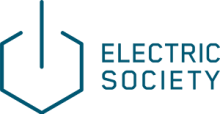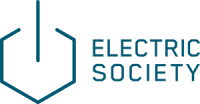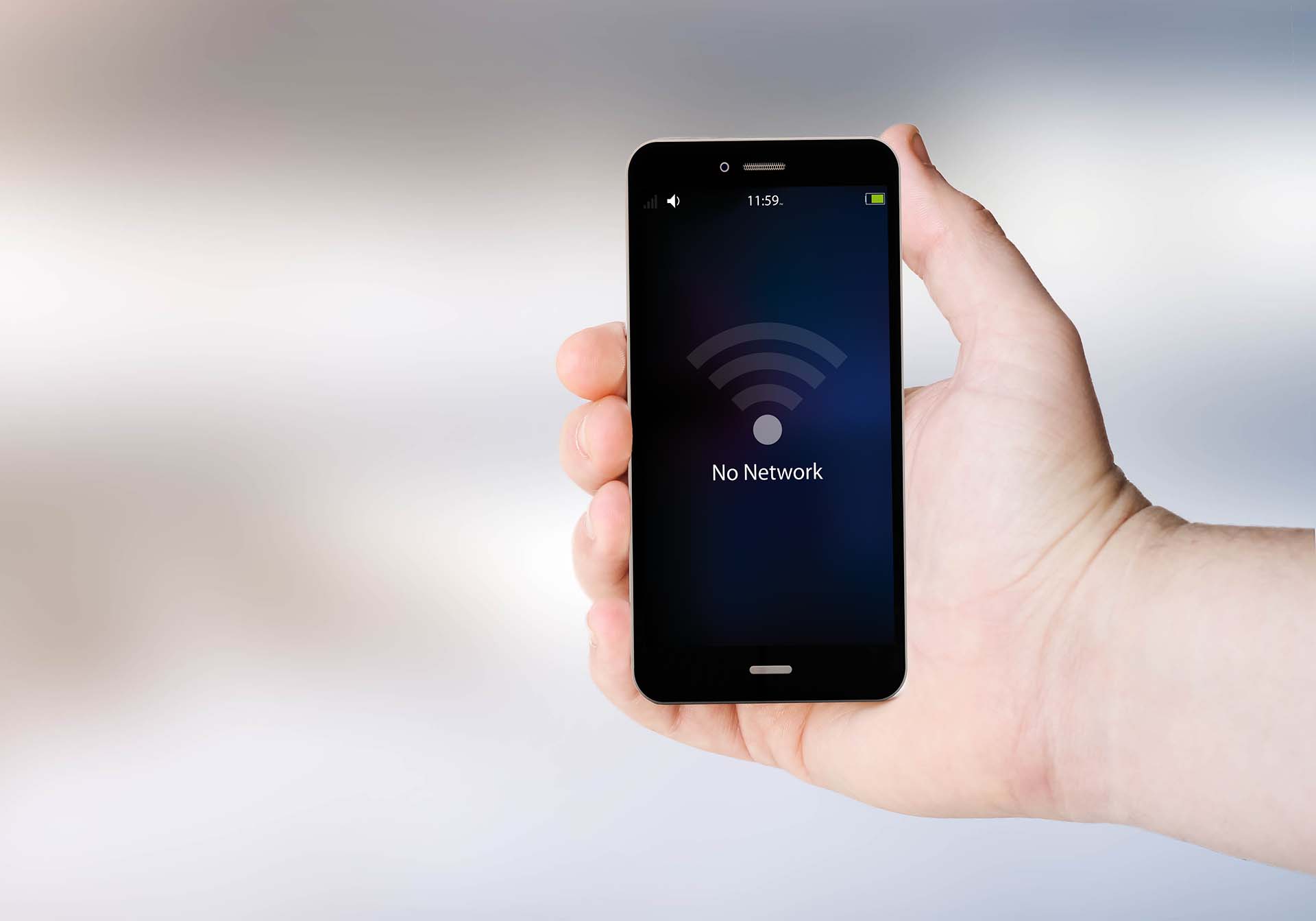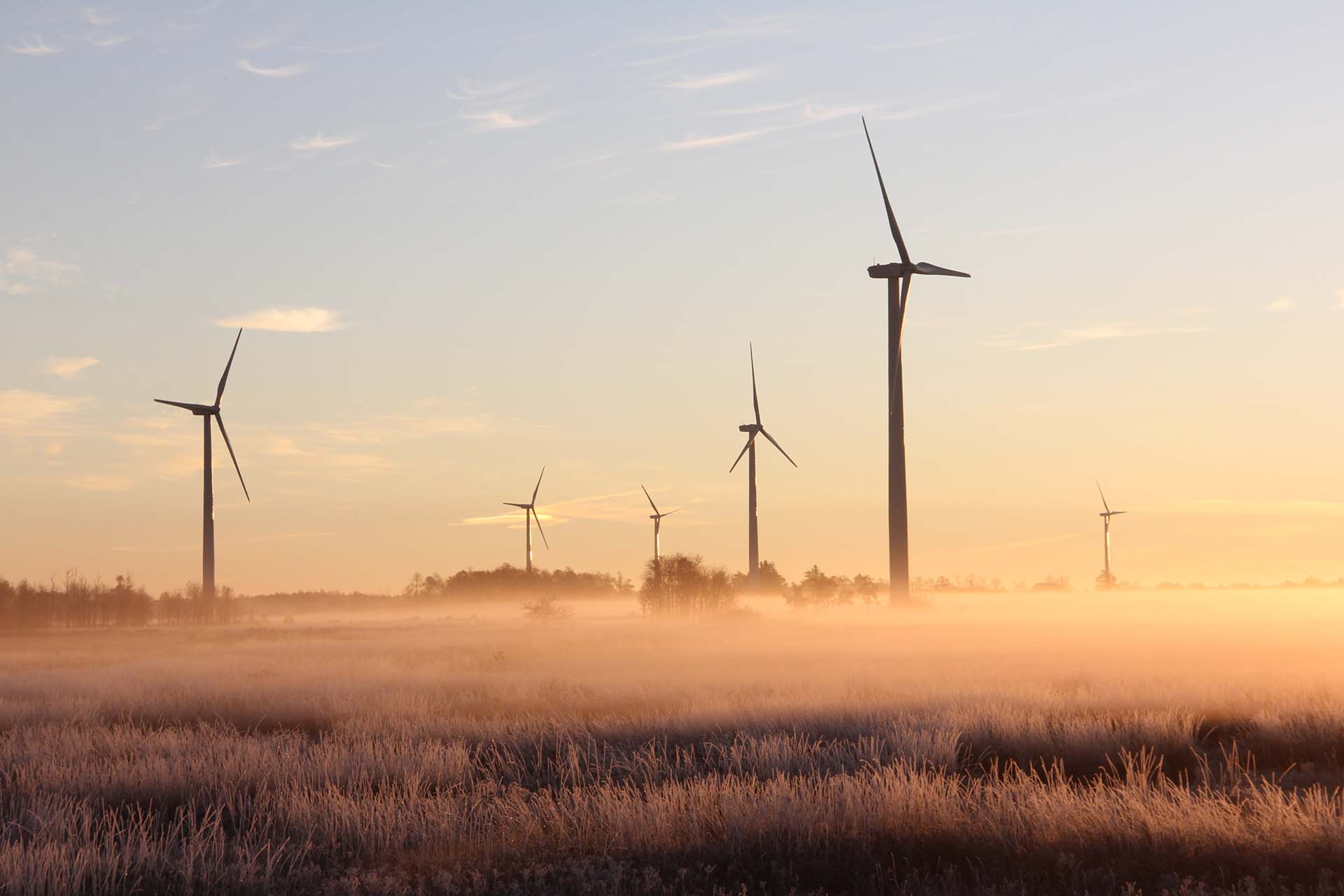Ever since famous scientist Nikola Tesla learned how to harvest electricity and make it available in everyone’s home, the concept hasn’t changed that much. There is one central power plant and a network of wires distributing energy to all homes. If we think about centralized vs. decentralized electricity, it can be hard to imagine things could change that easily, leading to decentralized electricity prevailing.
We live in a complicated world, and we are connected more than ever. What happens on the other side of the globe affects us locally and vice versa. People are starting to recognize the need to have more systems in all aspects – power sources included. The concept of creating a DG or decentralized generation source has never been more possible and desirable than now. And even though this new concept has proven to be possible, it still needs a lot of investment and political willingness to change the world for the better.
What Is Decentralized Electricity?
What is the difference between centralized and decentralized generations? Let’s start by explaining what DG energy is as opposed to centralized generation. We could say the CG is on the grid (network) while the DG is off the grid. For starters, DG means you need to set up smaller electricity-generating units that will supply a limited area. As opposed to CG, which comes from plants, it is distributed to a large number of users over long distances via the network.

Centralized vs. Decentralized Electricity – What Is the Difference?
There are huge differences between these two methods, and one of the most important ones is which method can reduce power consumption better. Big plants, whether they are nuclear or powered by fossil fuels, spend a large amount of resources to produce energy, and this is a great concept that we all use today, but can we spend our resources smarter? Also, central generation systems lose a lot of energy in the transmission. Here is where DG electrification can step in. They are built locally, which means renewable energy such as solar or wind can be used in towns and cities where normal networks don’t have easy access, like in rural areas, where network extension is inaccessible and expensive. Here are the main characteristics and differences between these two methods.
| Centralized | Decentralized | |
| Transmission | Can transmit to great distances | Only can transmit locally |
| Stability | CG is generally most stable supply | Network is not always stable |
| Avalibilty | Not always available in rural areas | Can be implemented locally |
| Source | Power plant | Multiple sources will provide the power for the end-users |
| Environmental impact | Leaves harmful impact on environment | If renewable energy is used, the impact on the environment will be minimal |
Which Method Will Prevail in the Future?
What is the difference between a centralized and a distributed electrical grid? A distributed generation or electrical grid is the same as decentralized electricity – it is a system where power is distributed and stored from many sources and distributed to others locally. Usually, these systems use renewable sources such as wind, solar, biomass, and so on, but they can also use fossil fuel as well. The whole concept is not to waste power on the transmission but rather to use it locally. It is hard to say which method will prevail in the future, as it needs a huge paradigm switch and political will to implement this kind of concept into the existing grid.
What Is a Smart Grid?
A smart grid or SG is a new concept in which an electrical network uses digital technology and DG in order to provide efficient consumption of energy and resources. In essence, the SG uses energy metering devices placed at users’ homes to measure when the consumption is at its highest and lowest levels. As you know, conventional CG has peak demand when most electricity is used, and this causes a plant to produce more power which ultimately affects the network and the price we as users will pay in the end.
A SG will use data collected from the users and send it back to the source. Also, while combining DG and CG, SGs can tell when there is a need for plant production and when from renewable sources. The concept also dictates that you have home automation, so plugging in your appliances is automated off peaks.

Is Centralized or Decentralized Better? What Is Better for Smart Energy Consumption?
DG is by far better if your goal is energy reduction. By combining more locally placed sources, you will get a reduction in power losses due to transmission. You will have multiple choices from where you can collect the necessary energy. But one of the things that make a SG such a great solution is that it combines digital technological solutions with the existing ones. Maybe this solution will prevail in the future.
Smart Home Systems Can Reduce Electricity Consumption
Even though switching from CG to DG is something to hope for, a lot of things need to change in order for this to happen in the near future. But we can see that the world is changing fast and that more and more countries and governments have invested in sustainability. However, even though countries are trying to switch to this new and modern technology, this is not enough for us to become fully independent from CG supplies. We need solutions that will improve the existing system while integrating the new one. And the key to wise consumption maybe lies in smart homes.
If we fully automate our homes alongside the existing network, we will be able to reduce unnecessary power peaks and loss of resources. If our home appliances become smart and if we measure the consumption of each home, the data can be sent back and forth from the users to a source about when and how the power is spent. And smart appliances can be programmed to be used off the peaks and in more efficient ways without you doing anything at all. Take a look at this video for more information about SG:
New Technology Brings New Possibilities
Science and technology are progressing faster than ever before. The world is turning to clean energy, where we will not be that dependent on expensive sources harmful to the natural environment. The goal of technology and science is to make our life better and less expensive. Imagine a world with free electricity or with the electricity available to everyone. The future is in sustainability. Even electric cars are now a reality. Each day new solutions are being created, and it is up to us whether we will allow technology to step forward and bring us a better world.
Tesla’s Dream of Free Energy May Not Be That Far Away
Just a couple of decades ago, having sun or wind powering the house was too expensive and fantasy. Nowadays, we see there are more and more solutions that transform our view of these systems. The famous scientist who invented the alternating current, Nikola Tesla, has dreamed of a world with free electricity for everyone. His idea of wireless electric charge is now possible to imagine. Tesla dreamed of creating decentralized, inexhaustible, clean energy that should be available for everybody. He strongly opposed the idea of centralized coal plants that are destroying our environment. He believed that the Earth has beneath-the-surface electrical charges that could be wired up and could generate limitless supply.
Well, new discovery that neutrinos have mass may prove Tesla right. It has been proven that mass from passing neutrinos can be transformed into energy. Furthermore, there are devices called Neutrinovoltaic that can transform kinetic energy neutrinos produce when hitting the silicone or graphite surface into electricity. This technology is still developing, but there is a possibility that Neutrinovoltaic devices can produce constant energy flow.
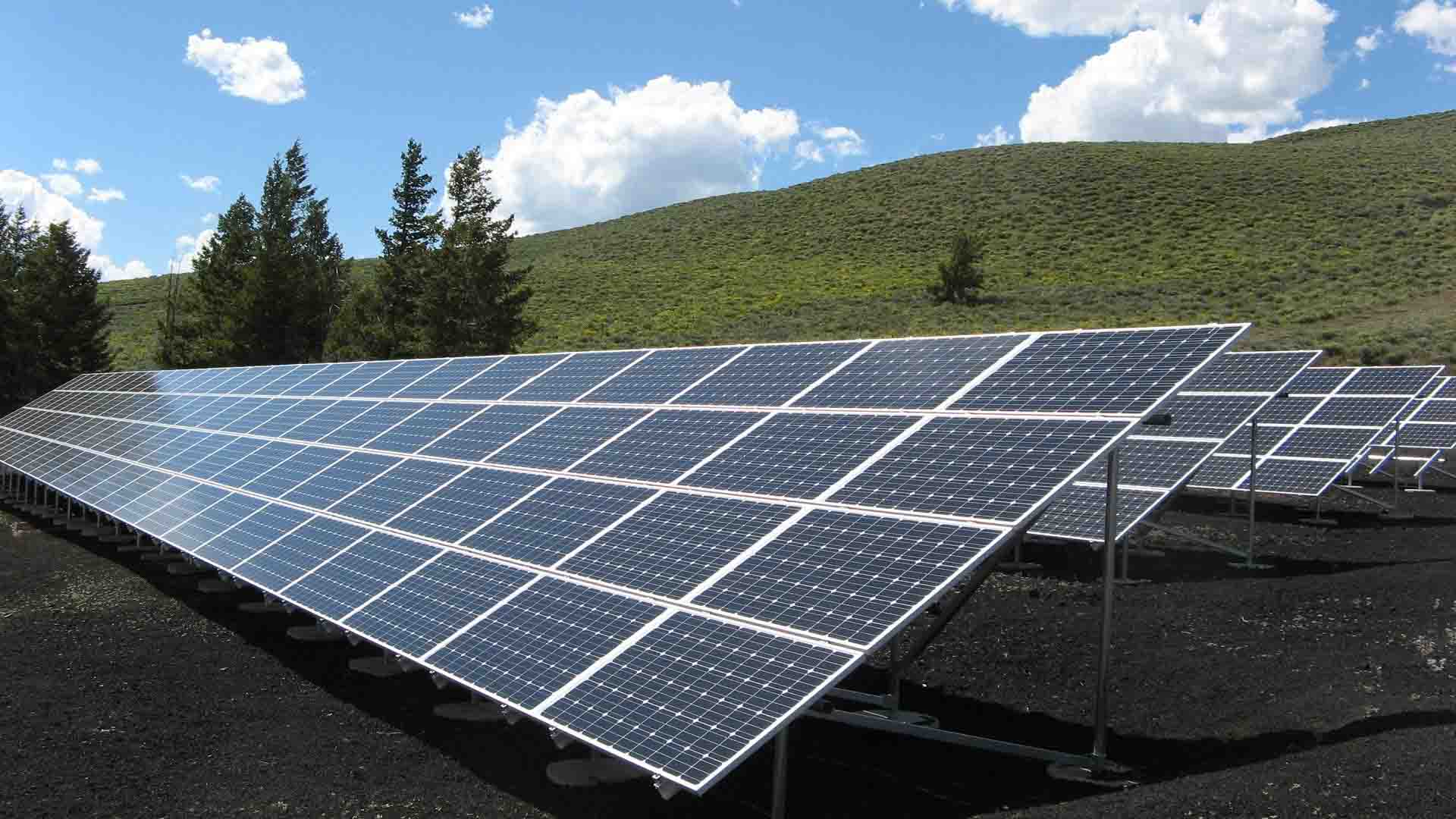
Will Smart Home Automation System Change the Future?
Most certainly, it will. Nowadays, we have some smart home solutions, but it seems that these solutions consume more energy, both yours and from power plants, than necessary. Our revolutionary solution will not only make your home smart but a less expensive and safer place. Our smart home system can be integrated into everything, and it is compatible with all devices. It can be used to send data back and forward to plants and users about power consumption, and it can save you money at the end of the month.
Our home system doesn’t need Wi-Fi to work, connect, or communicate with other attached devices. You can have your fully automated house completely off the grid. Also, since our solution is a completely distributed system, it can be attached and send data back and forward on the network without any interruptions or need for a Wi-Fi contact. Our solution can be implemented in any system to make any device smart and collect necessary data to reduce energy consumption.

What Awaits Us in the Future?
Well, the future for centralized electricity doesn’t look bright. The demand for energy is increasing, and the power plants are forced to produce an enormous amount of energy. All this affects the existing network, wires, and transformers that are necessary for electricity to flow. Like anything in the world, all materials are expendable and will need repairs and replacement. The amount of money that every country in the world will need to repair the networks can be invested in the sustainability of each system. The US only will need 2 trillion dollars only to repair its network so it can be reliable.
If we take this into consideration investing in the technology that can either save or improve existing grids doesn’t seem so wrong. Also, if we change the current paradigm and accept the fact world needs sustainable sources, we will be able to have a stable supply faster than we think.
And even though supplying the whole city with sustainable energy does seem a risky thing to do, if we use a hybrid formation where you will combine sustainable and conventional plants, we will be able to have stable flow from conventional plants when needed truly, and sustainable sources used when possible.
